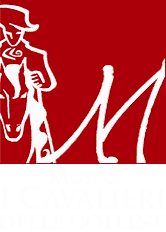Siris
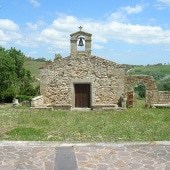
CHurch DI St. VINCENt
Located in the northern suburbs and subject of recent restoration works, this small church is located in an area rich in Roman archaeological remains: fragments of columns and architraves lie near the monument. It is difficult to accurately date this building, realized with a mix of yellow sandstones.
More...
.
he wall texture of the double-pitched-roof façade still bears the marks of a portico that was removed in an unknown period of time, as evidenced by a bench leaning against the entrance wall. The building was given the typical appearance of rural sanctuaries, which are very common in inland Sardinia. In addition, the bell-gable above the main entrance is part of the restoration works in the pre-existing part of the church, probably realized in the 17th century.
A sequence of buttresses along the north wall counteracts the stress of the wooden roof. Some good practice construction features can be observed on the overall structure, such as reinforcements of square blocks and the frame around the main portal, embellished with dentils. The bell-gable was not realized at the same time of the pre-existing walls of the church.
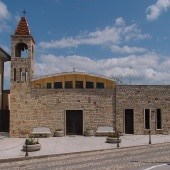
PARish church of St. SEBASTIAN
In 1958, the engineer Carlo Cherchi, from Oristano, redesigned the parish church of Siris according to a project inspired by the Dominican church of Cagliari, which was realized four years earlier by the architect Raffaello Fagnoni.
More...
The similarities between the two churches concern the inflected end and the upper tier of the façade, characterized by a pseudo-loggia with transverse wall sections where the windows are located.
The texture of the sandstone embellishes the façade, which includes a single large portal. On the left, rises a square bell tower topped by a pyramidal pavilion. The cuts and openings of the tower ideally recall the outline of the Romanesque bell towers, of which Sardinia preserves noteworthy examples.
The presence of two side chapels gives the main body the shape of a slightly pronounced cross. On the inside, two statues portraying Saint Anthony of Padua and Saint Vincent are preserved, as well as some precious silverwares, such as a temple-shaped 16th century thurible forged in Cagliari.

POLO MUSEALE MASULLAS
More...
...allodiale, con la prerogativa di successione anche per linea femminile e l’esercizio in sede giurisdizionale del mero et mixto imperio, che concede il potere di amministrare la giustizia sia nel civile che nel criminale.In ogni curatoria o baronia appartenente al Marchesato vengono istituite le curie baronali e sono nominati i diversi giudici. Le cause sono spesso di natura fiscale, altre riguardano fatti criminali. L’amministrazione della giustizia feudale risulta però confusa e arbitraria: curie senza archivi ordinati, personale dotato di scarsa preparazione, corruzione e connivenza con i bandos organizzati, carceri ridotte al solo ceppo e in locali molto ristretti.
Masullas, oltre alle milizie, ospita in questi locali la curia baronale con le relative carceri.
Nel 1564, per fermare lo strapotere dei baroni nell’amministrazione della giustizia, il sovrano spagnolo Filippo II istituisce il tribunale della Reale Udienza, che giudica in appello sulle cause tra vassalli, villaggi e feudatari.
A farne parte sono letrados esperti in materie giuridiche. L’incarico più importante all’interno della magistratura è il Reggente della Reale Cancelleria, coadiuvato da altri giudici, come l’Avvocato Fiscale.
In seguito alla richiesta degli Stamenti nel Parlamento, nel 1651 viene istituita la Sala Criminale della Reale Udienza, con competenza sulle cause di natura penale.
Il ruolo che la Reale Udienza assume nel corso del periodo spagnolo non è meramente giuridico, poiché essa col tempo diventa un organo consiliare che supporta i viceré nel governo del Regno.
Info
Ex Convento dei Cappuccini
Via Cappuccini, 57
09090 MASULLAS (OR)
Sardegna
Italia
coopilchiostro@tiscali.it
Collegamenti
- Atti amministrativi
- Termini e condizioni
- Privacy Policy
- Cookie Policy
- CEAS
Newsletter
Iscriviti alla nostra newsletter per rimanere aggiornato sugli eventi del polo museale del comune di Masullas
SOSTEGNO PUBBLICO
PROGETTO NEOLITHIC PARK 3D
CUP: E78D17000220007
Bando CultureLab “Sostegno finanziario alle imprese del settore culturale e creativo per lo sviluppo di progetti culturali innovativi”
